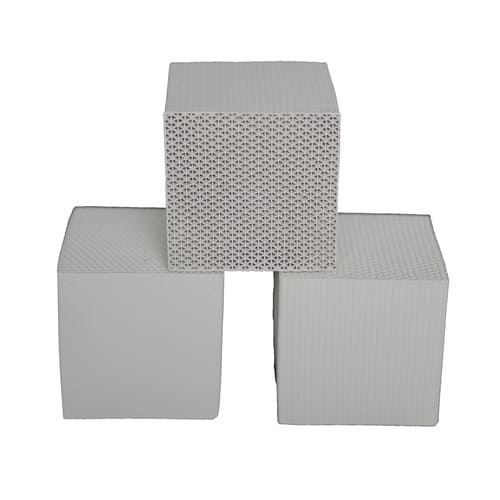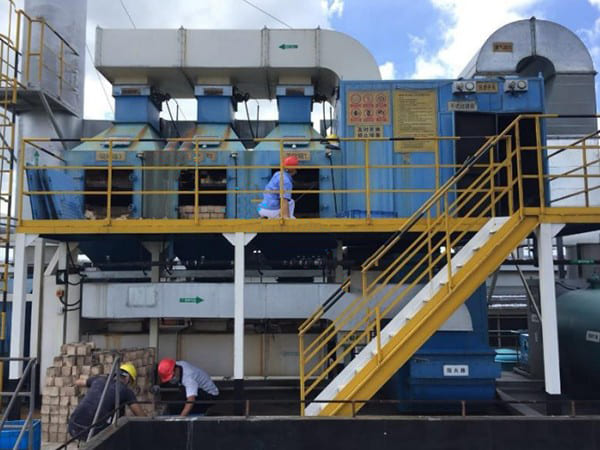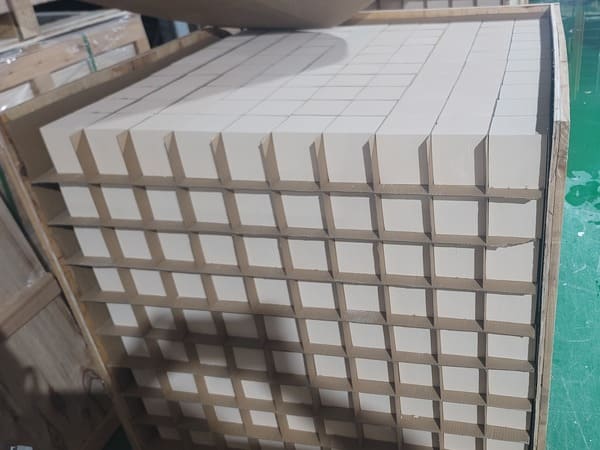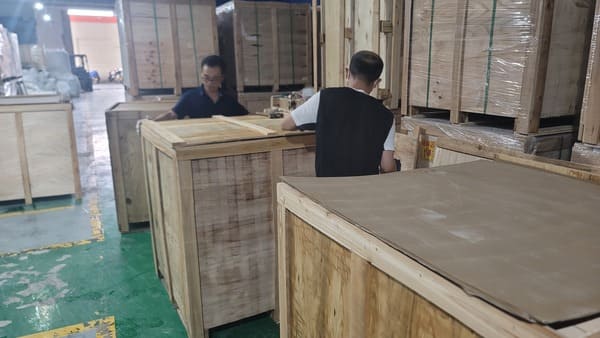Have you ever wondered how industries manage the harmful exhaust gases they produce? From paint spraying to pharmaceutical manufacturing, the emissions can be complex and varied. Honeycomb zeolite has emerged as a key solution for tackling these pollutants effectively. But what specific exhaust gases can it handle?
Honeycomb zeolite is primarily designed to manage volatile organic compounds (VOCs) found in exhaust gases from various industries. Its porous structure allows it to adsorb harmful substances like acetone, toluene, butanol, and ethyl acetate, making it ideal for treating emissions from paint spraying, plastics, chemicals, pharmaceuticals, and packaging printing. These industries generate large volumes of low-concentration gases, which require specialized treatment methods to comply with environmental regulations.
Understanding the scope of honeycomb zeolite applications is crucial for any business seeking to optimize their exhaust gas treatment. Let’s delve deeper into the types of exhaust gases it addresses.

Which Exhaust Gases Can Honeycomb Zeolite Treat?
Paint Spraying Exhaust Gases
The paint spraying industry is notorious for generating large amounts of volatile organic compounds (VOCs). The primary components of this exhaust include acetone, toluene, butanol, ethyl acetate, and isobutyl acetate. Given the high volume and low concentration of these gases, the treatment method typically employed is a combination of a molecular sieve rotor and thermal storage incineration technology. Honeycomb zeolite is effective in adsorbing these compounds, ensuring that emissions meet regulatory standards.

Plastic Manufacturing Exhaust Gases
In plastic production, exhaust gases are produced as particles and monomers volatilize from heated plastics. This gas is complex in composition but generally exists at low concentrations and high volumes. Treating this type of exhaust often requires a more intricate pretreatment process, making honeycomb zeolite a valuable component in the overall treatment strategy. Its ability to adsorb various organic compounds helps mitigate environmental impacts.
Chemical Organic Waste Gases
Chemical manufacturing generates industrial waste gases that vary significantly based on the type of chemical products produced. Companies typically use condensation recovery methods and catalytic combustion for purification. Honeycomb zeolite can enhance these methods by efficiently adsorbing VOCs, thereby improving overall gas treatment efficacy.
Pharmaceutical Exhaust Gases
The pharmaceutical industry faces unique challenges due to the diverse nature of its emissions. Different products and processes lead to varied exhaust gas compositions. Tailored treatment solutions are often necessary, and honeycomb zeolite can be customized to fit specific needs. Its efficiency in adsorbing harmful substances ensures that emissions meet health and environmental standards.

Packaging Printing Exhaust Gases
In packaging and printing, emissions arise from solvent-based materials used throughout the production process. These solvents can include inks, fountain solutions, and cleaning agents, all of which contribute to a complex exhaust gas composition. Honeycomb zeolite can effectively trap these solvents, making it an essential element in ensuring compliance with emission standards.

Why Choose Honeycomb Zeolite for Exhaust Gas Treatment?
The choice of honeycomb zeolite for exhaust gas treatment is primarily due to its unique properties. Its porous structure maximizes surface area, allowing for greater adsorption capacity. Additionally, honeycomb zeolite is durable and can withstand harsh conditions typically found in industrial settings.
Benefits of Honeycomb Zeolite
- High Efficiency: It effectively captures a wide range of VOCs and other pollutants.
- Cost-Effective: Reduces the need for expensive treatment methods by enhancing existing systems.
- Sustainability: Helps industries meet stringent environmental regulations, promoting a greener operation.

Conclusion
In summary, honeycomb zeolite is a versatile solution for managing exhaust gases across various industries. Its capacity to absorb VOCs from paint spraying, plastics, chemicals, pharmaceuticals, and packaging printing makes it an invaluable asset in exhaust gas treatment. By adopting honeycomb zeolite, companies can improve their environmental impact while adhering to regulatory standards.


